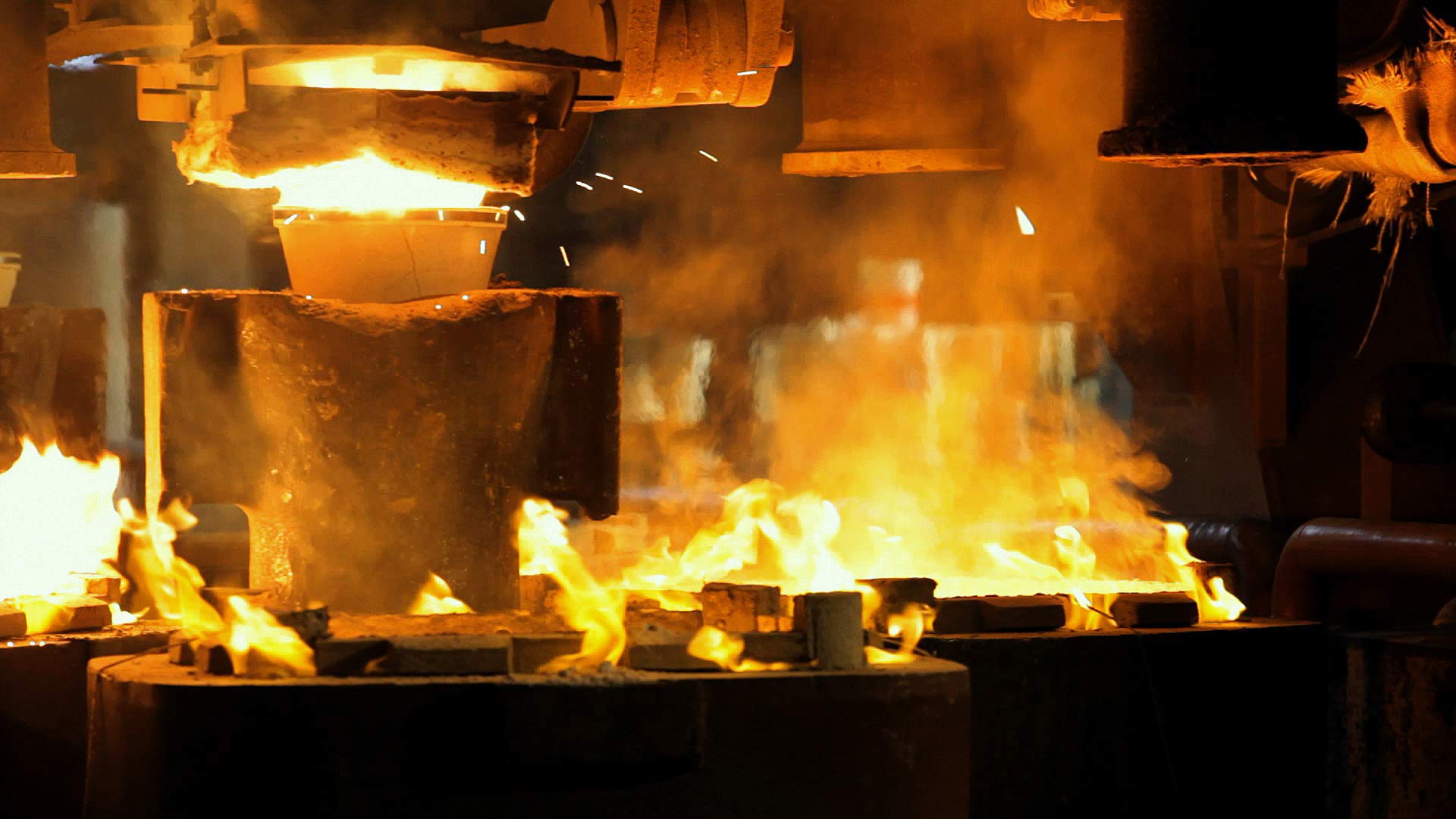Scegli l'unità di misura in cui visualizzare i dati:
Valbruna Grade
APML
Steel type
Austenitic Stainless Steel
Description of material
APML is a low-carbon austenitic stainless steel with Molybdenum. It has good general and pitting corrosion resistance as well as good intergranular corrosion resistance after welding processes.
Applications
APML is suitable for the fabrication of many products such as flanges, valves, bolting, pump shafts, food /beverages industry equipment, storage tanks, many organic chemicals, and parts working in mild to medium corrosive environments.
Corrosion resistance
APML is resistant to fresh water, many organic chemicals and inorganic compounds, atmospheric corrosion, marine environments, as well as many products used in chemical processes, paper production equipment, rural applications and sterilizing solutions. In sea water, this grade is more resistant to pitting than type 304/304L grades such as AISL and similar. However, pitting and crevice corrosion may occur in environments if the chloride concentrations, pH and temperature are at determinate levels. As with other standard austenitic grades, APML suffers from stress corrosion cracking about forty degrees (C°) above room temperature and above certain levels of stress and halogen concentrations. Strain hardened structures increase the risk of stress corrosion cracking. It should be noted that this grade, as for every kind of stainless steel, surfaces should be free of contaminant and scale, heat tint, and passivated for optimum resistance to corrosion.
Cold working
APML is readily fabricated by cold working operations such as cold drawing and bending and allows a moderate amount of cold heading thanks to its Nickel content. Its structure after cold deformation is less hard than AISL. If heavy cold heading performance were required, Valbruna produces other grades for these purposes, such as APMR or APMRU, whose chemical balance provide the highest cold deformability and the lowest CWHF. These grades have a poor machinability due to a low Sulfur content.
Machinability
Austenitic grades are different from Ferritic and Alloy steels and require more rigid and powerful machines in addition to the correct choice of tools, coating and cutting fluids The Austenite structure is prone to transform in to α’Martensite caused by strain hardening of the tool on the surface of the machined piece. The knowledge of this behavior must be correctly considered when a piece requires two or several cutting steps to be finished. The layer of α’Martensite is very hard and, if the subsequent turning or milling processes work on this hardened layer, a rapid tool wear could happen. The tool must work under this layer. APML has special chemical balance for a suitable machining by a micro-re sulphured structure with a low risk of hot cracks in the weld - zone of autogenous welds.
Weldability
APML has a special chemical composition which helps to avoid solidification cracks in the fused-zone of autogenous welds due to a suitable Ferrite balance. In case of filler metal welding, the typical ER for the type 316L group could be used. APML can be welded without PWHT, (such as annealing and fast cooling) due to its low carbon content which avoids the precipitation of Cr-Carbides on the grain boundaries. However, in case of aggressive environments, a PWHT should be considered. In solid state joining such as Friction Welding, APML provides a quality bond line.
Hot working
Long products of APML is not specifically designed for hot working and are usually supplied as cold finished round, hexagonal, flat and square bars for machining processes or general use. For hot working Valbruna produces a group of grades with a different process and with a low Ferrite. For instance: APMLF (instead of APML). However, for the open die forging of large ingots and shapes of APML has a good hot plasticity, if a suitable soaking and a right temperature are applied. No preheating is required. Small forging can be cooled rapidly in air or water.
Designations
| AISI | 316/316L |
|---|---|
| W.N. | 1.4401/1.4404 |
| UNS | S31600/S31603 |
| EN | X5CrNiMo17-12-2/X2CrNiMo17-12-2 |
| BS | 316S14/316S19 |

